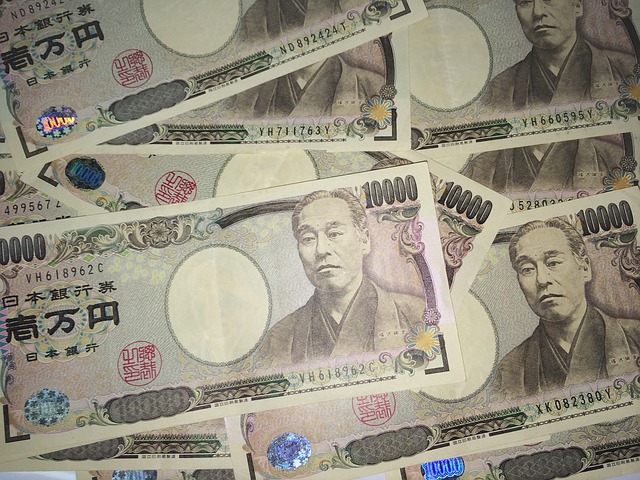
- The yen rose as much as 1%, yesterday, but still fell short of dipping below 132 against the dollar, a key level of resistance that would signal the worst may be over for what has long been a haven currency.
- Japanese inflation is picking up, but remains far more muted compared with the U.S. and Europe, giving the Bank of Japan some degree of headroom in maintaining its accommodative policy.
The yen may be down but is far from out as investors start looking for havens again with U.S. Treasury yields starting to top off.
Well on its way to achieving its longest rally since February, one of the largest macro trades of the year is tapering off as bets against the Japanese yen became overcrowded.
The yen rose as much as 1%, yesterday, but still fell short of dipping below 132 against the dollar, a key level of resistance that would signal the worst may be over for what has long been a haven currency.
Hedge funds are selling dollar positions and increasing yen purchases as U.S. Treasuries rallied on reduced expectations of aggressive U.S. Federal Reserve rate hikes with the threat of a recession looming on the horizon.
The yield gap that had opened up between the U.S. and Japan which aided in bringing the yen to a 24-year low, has since narrowed and some strategists are pricing in a yen-dollar peak.
Yen demand may be durable even in the face of persistent inflation and a Fed that remains hawkish as growth concerns would put a lid on long-dated Treasury yields, making currencies like the yen and the euro somewhat more attractive.
The spread between the 10-year real U.S. Treasury yields and their Japanese counterparts has contracted to 0.80% from 1.5% during June.
Net-short futures and options positions on the yen have dipped to their lowest levels since March 2021, owing to leveraged funds exiting an already overcrowded trade.
To date, Japan’s currency resides at the bottom among Group 10 peers, dipping around 13% this year as the Bank of Japan maintains low interest rates in contrast to the Fed’s rate hikes.
Japanese inflation is picking up, but remains far more muted compared with the U.S. and Europe, giving the Bank of Japan some degree of headroom in maintaining its accommodative policy.
Japan’s policymakers are well aware of the dangers to the Japanese economy which is only just coming out of decades’ long slumber after the bursting of a real estate bubble in the 1990s led to the country’s “lost years.”
Tokyo will be keen to avoid a repeat the decades of low growth and stagnation, especially when the green shoots of an economic revival remain possible.



